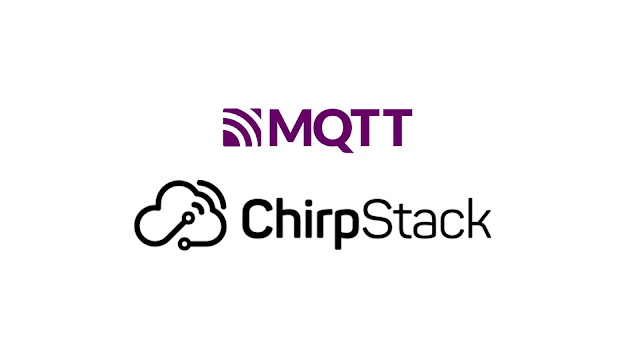Programming in C
.png)
C is a high-level, general-purpose programming language that was developed in the early 1970s by Dennis Ritchie at Bell Labs. It is a widely used programming language and is considered to be one of the most influential programming languages of all time.
C is a procedural programming language, which means that programs written in C are made up of a series of instructions or procedures that are executed in order. It is also a compiled language, which means that programs written in C must be compiled into machine code before they can be executed.
C is known for its efficiency and low-level access to memory, which makes it a popular choice for programming operating systems, device drivers, and other system-level software. It is also used for developing desktop and mobile applications, video games, and other types of software.
Some of the key features of C include:
- Structured programming constructs: C supports structured programming constructs such as loops, conditionals, and functions, which make it easy to write modular, maintainable code.
- Pointers: C has a powerful feature called pointers, which allow developers to directly manipulate memory addresses. This gives C programs the ability to work with complex data structures efficiently.
- Low-level memory access: C provides low-level access to memory, which allows developers to optimize code for speed and efficiency.
- Portability: C is a portable language, which means that code written in C can be compiled and executed on a wide variety of computer architectures and operating systems.
Overall, C is a powerful and flexible programming language that is widely used in a variety of applications and industries.


Comments
Post a Comment